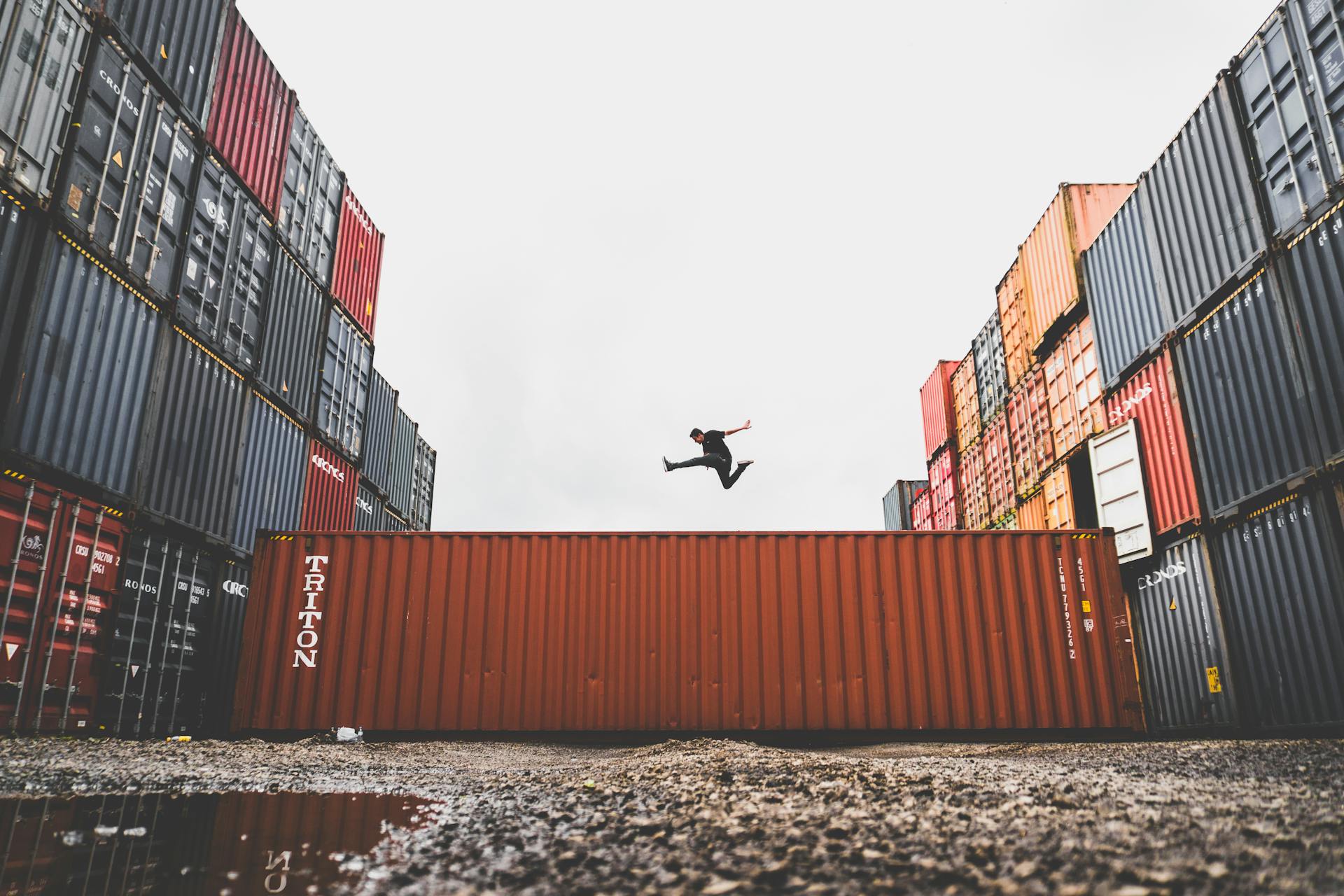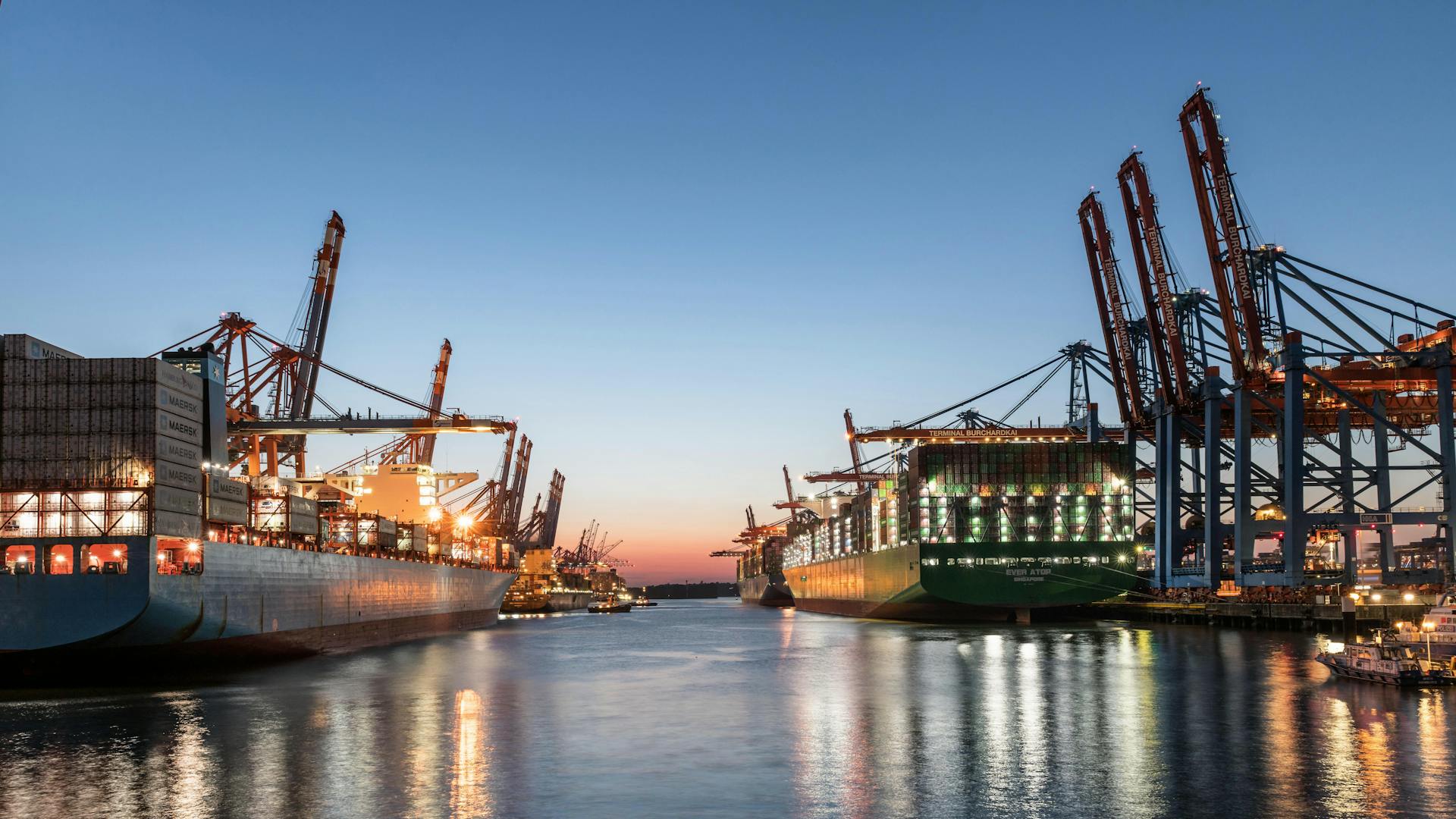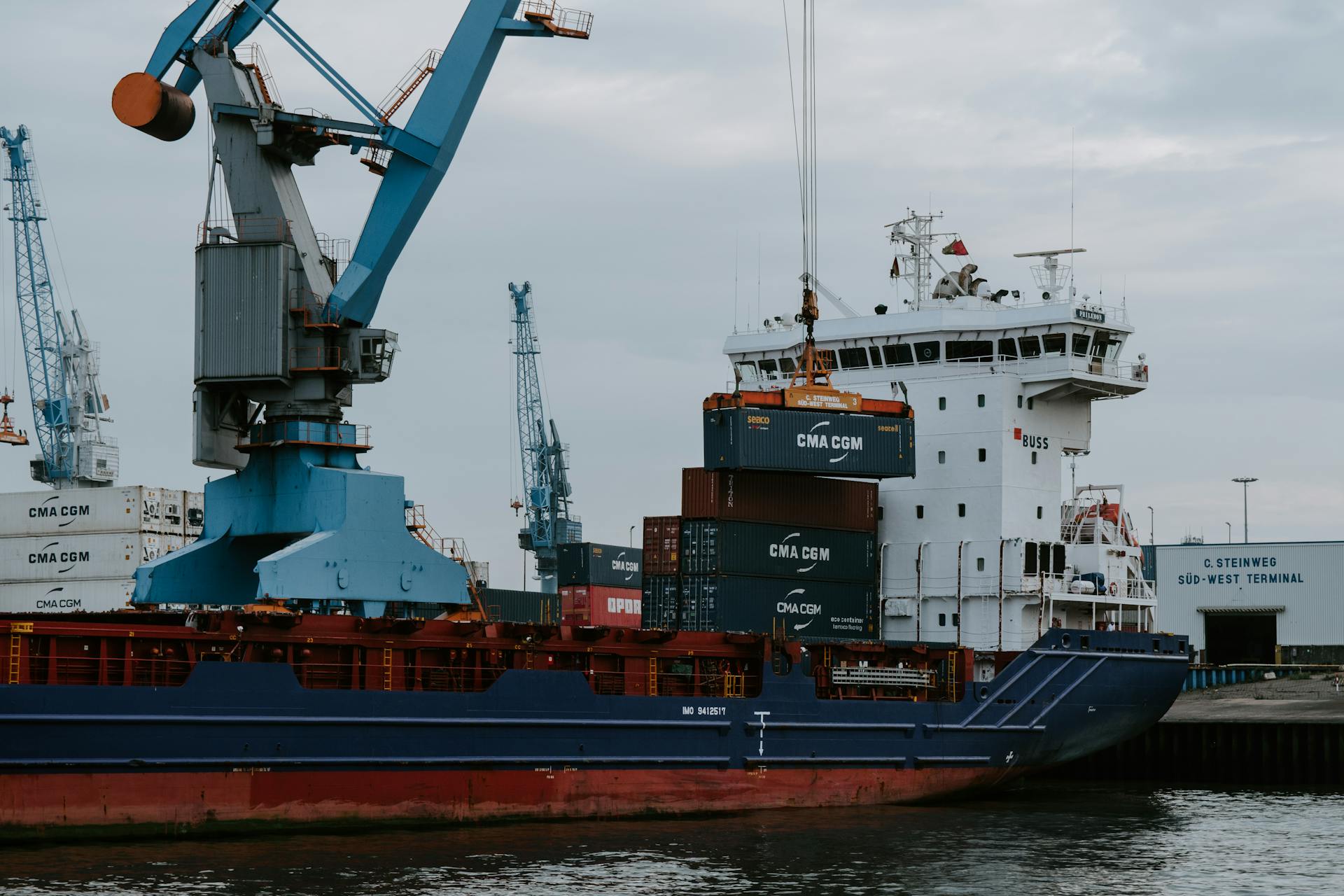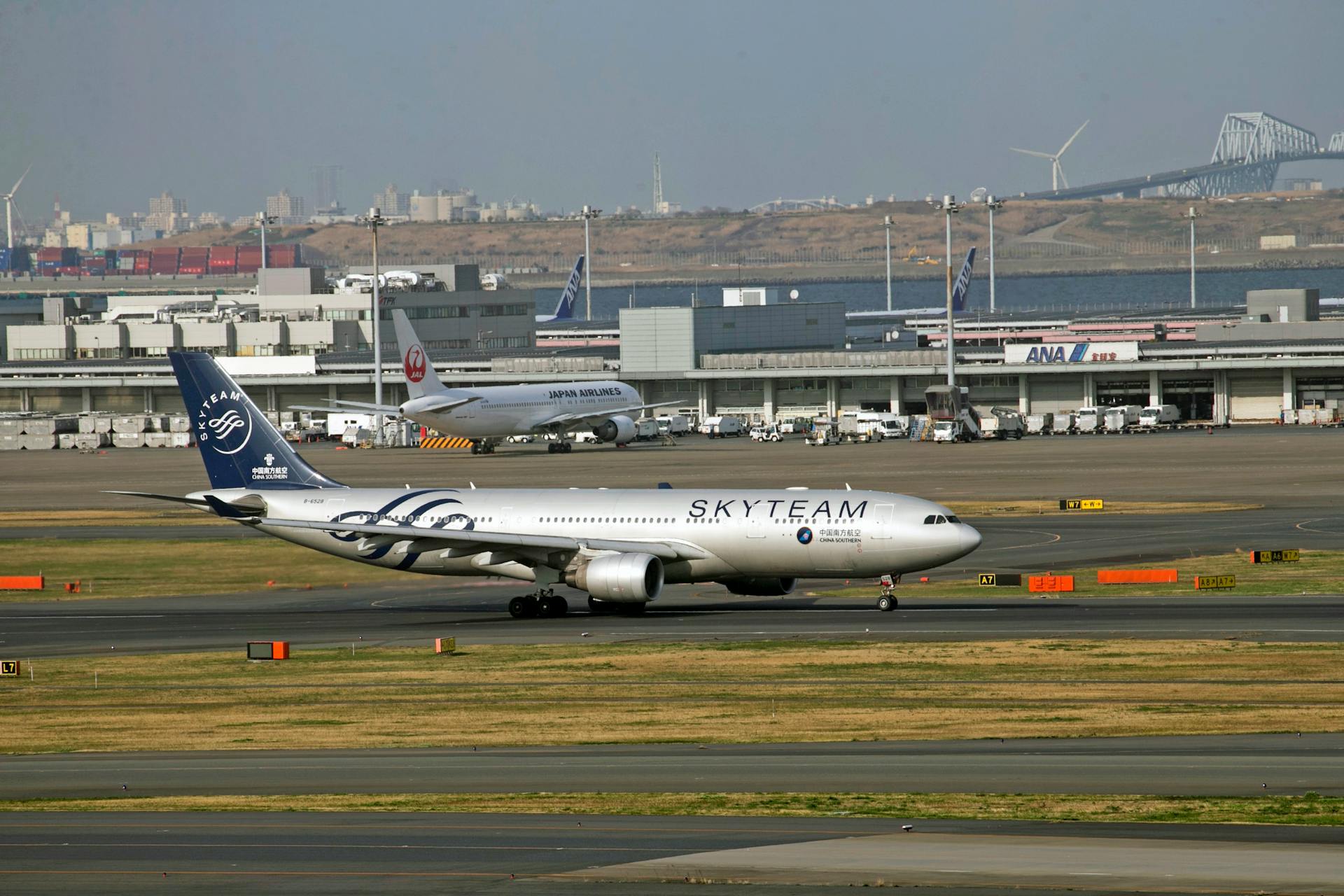
Cargo ships and container ships are two types of vessels that play a crucial role in global trade. Cargo ships are designed to carry a wide variety of goods, including vehicles, heavy machinery, and project cargo.
They often have an open deck space to accommodate oversized or irregularly shaped cargo.
Container ships, on the other hand, specialize in carrying standardized containers that can be easily loaded and unloaded at ports. They typically have a large number of container slots, often in the thousands.
Container ships are often used for international trade, particularly for transporting goods between continents.
Container Ship Advantages
Container ships offer a standardized and modularized approach to shipping, allowing for seamless intermodal transportation. This significantly lowers transport costs compared to conventional bulk carriers.
Standardized sizes enable efficient loading and unloading processes, reducing labor and time expenses. Containers can be easily stacked and utilized in storage spaces, optimizing warehouse capacity.
The versatility of containers makes them ideal for transporting a wide range of products, from manufactured goods to perishable items. This is particularly crucial for delicate or high-value items that require a secure and sealed environment.
A fresh viewpoint: Double Door Shipping Containers

Containers provide a time-saving and cost-effective method that ensures on-time tracking and delivery of cargo, streamlining the logistics chain. Handling containers with cranes and other equipment enhances operational efficiency.
Containers contribute to reduced environmental impact in comparison to bulk carriers. The standardized sizes and efficient loading processes minimize the overall carbon footprint of transportation.
Broaden your view: How Do Shipping Containers Lock Together
Types of Cargo Ships
There are several types of cargo ships, each designed for specific purposes and cargo types.
Tankers are a type of cargo ship used for transporting liquids, such as oil and chemicals. They can carry up to 550,000 tons of cargo.
Bulk carriers are another type of cargo ship that transport dry bulk cargo, including grains, coal, and minerals.
If this caught your attention, see: Bulk Wine Shipping
Bulk Carriers Types
Bulk carriers are specialized vessels designed for transporting loose cargo across oceanic routes. There are various types of bulk carriers, each tailored to handle specific types of cargo and differing in size and functionality.

Dry-bulk ships are designed for carrying ore, coal, grain, and similar cargo. They often have no cargo handling gear and large cargo hatches.
Capesize bulk carriers are the largest in size among dry cargo ships. They have a substantial deadweight tonnage, making them suitable for transporting large quantities of commodities like iron ore and coking coal.
Ultramax bulk carriers are medium-sized vessels, larger than Supramax carriers.
Handymax
Handymax cargo ships are a popular choice for transporting a variety of dry cargoes. They make up approximately 24% of the world's bulk carrier fleet.
These vessels have a load capacity of around 37,000 tonnes. Their versatility is one of their key advantages.
Typically, Handymax bulk carriers have a draught of 30 to 35 feet. This allows them to navigate through a range of ports and waterways.
Their size and capacity make them a reliable option for transporting bulk goods.
Container Ship Risks and Considerations
Transporting cargo in containers involves various risks, requiring careful management to ensure the safety of both the cargo and the shipping vessel.

One significant risk is unbalanced loading, where loads are not evenly distributed across the container or have a high center of gravity, which can lead to the shifting of the load during transportation.
Common risk factors related to transporting shipping containers involve the handling process, including picking, packing, loading, and unloading, as well as adverse atmospheric conditions.
Damages to containers during loading, malfunctions of the ship, fires, rollovers, accidents, stranding, and dangerous air conditions are significant risks that can result in cargo becoming wet, washed off the deck, or even forced overboard.
The transportation of hazardous and combustible goods in containers is a growing concern, posing additional risks due to the concentration of value on board.
Cargo liquefaction is another risk associated with container shipping, where cargo becomes unstable and can shift during transport, potentially causing damage or even capsizing the vessel.
Here are some common risks associated with containerized cargo:
- Unbalanced loading and shifting
- Hazardous cargo and accumulation risk
- Cargo liquefaction
Understanding these drawbacks is essential for stakeholders involved in container shipping operations, as they can impact the safety and security of both the cargo and the shipping vessel.
Frequently Asked Questions
Which is the biggest cargo ship in the world?
The largest cargo ship in the world is the MSC Irina, with a capacity of 24,346 TEU. It's one of six identical ships launched by MSC in 2023, setting a new standard in container shipping.
Sources
- https://casualnavigation.com/cargo-ships-vs-container-ships-whats-the-difference/
- https://stppgroup.com/bulk-carriers-vs-container-ships-navigating-the-seas-of-trade/
- https://www.wartsila.com/encyclopedia/term/container-ships
- https://www.britannica.com/technology/ship/Container-ships
- https://www.investopedia.com/articles/investing/030816/bulk-carrier-vs-container-vs-tanker-exploring-2016-shipping-market-c.asp
Featured Images: pexels.com


